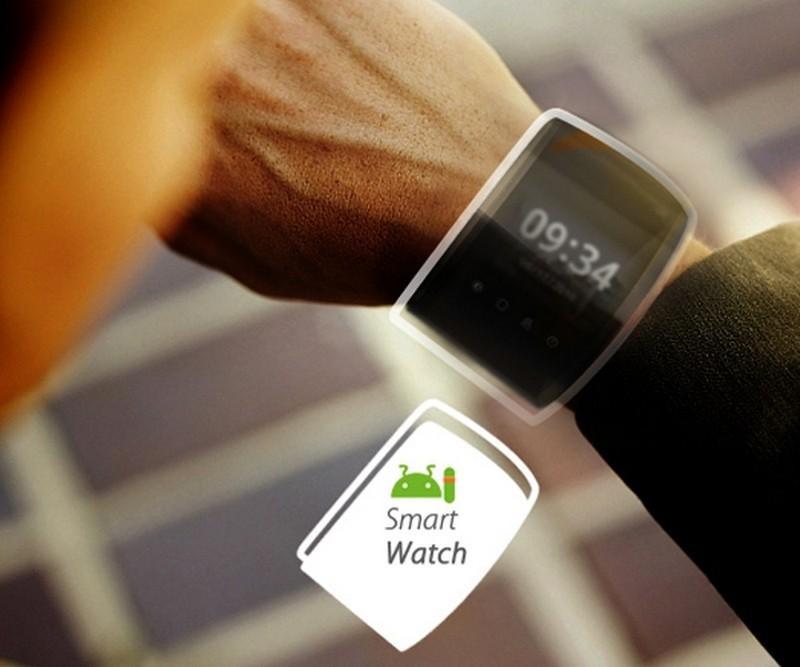
Being in my position, I tend to think a lot about the future and what it may bring in terms of the gadgets we use every day. What kind of devices will we see in 10 years? 20 years? Will there even be phones, tablets, or computers? It seems crazy to think, but then again most of the gadgets featured in Star Trek were outlandish ideas at one point, yet many of them now exist in some form or another. Much of what was considered “futuristic” 45 years ago can be found as common household items today.
If you think about it, 45 years is a relatively short time for us to have come so far. And the speed of this advancement is only increasing as evidenced by the ever-evolving, ever-improving smartphone. Five years ago, a smartphone was nothing but a portable email device with a tiny keyboard and display. It could perform few other tasks like browsing the Internet and playing a simple games, but that was pushing the boundaries of what it could handle. This was the smartphone before the world was ready for smarter phones.
Thanks to Apple, we now live in the era of the much more capable smartphone. But they're never good enough; they can always be bigger, better and more efficient at what they do. Component manufacturers are constantly creating and pushing the limits with larger displays, faster processors and more memory. Manufacturers are perpetually pumping out incrementalized phones at breakneck pace. And innovation in design? It's only a dream for now. Almost every OEM has slumped into this same exact candybar form factor, because it works. Battery and display technologies can't handle much more than what they're currently put through, thus design and true differentiation have taken a major hit.
A few bright minds have put together some concepts that may not seem too far-fetched. But when you consider what kind of battery power they may require to last just a few hours per charge, what could be a great idea turns into something laughable. Take the Kyocera Echo for example. Sure, the build quality and design are somewhat lacking, but the multi-display concept is novel and extremely functional. However, the device ships with a spare battery, which should be an indicator of where this design falls short.

As reported by DVICE, a long overdue breakthrough in battery technology by the University of Leeds may change that. Researchers at Leeds have invented a flexible jelly battery technology that is cheaper, lighter, safer and more powerful than current batteries. Not to mention, their distinct flexible nature allows them to be molded to nearly any desired shape.
Back in July, a concept phone dubbed the "Galaxy Skin" spread around the web. What would at first appear to be the silly idea of some futuristic designer may not be too much of a stretch of reality, thanks to recent findings. Hinted by the name, the Skin would be a Samsung-made device, sporting a variation of their AMOLED displays that could bend at nearly any angle and twist into any shape: a watch, a self-standing media station, etc. Who said watch phones were a dumb idea?
These lithium jelly batteries could not only bring new form factors that would not have been possible otherwise, but standard devices with more stamina. More capacity can be jammed into less space. Being a thin film, the battery could double as the inside coating of the housing. The possibilities are virtually endless.

In the same report as the Galaxy Skin concept from Phone Arena there was note of a similar flexible battery from Stanford that can also be manufactured to be transparent. Tony Stark's see-through device from Iron Man 2 is looking more like reality. It is truly amazing to watch these brains come together and see the future come to life. Although the usefulness of something like this is certainly years from us, it's hard not to drool when Tony Stark's toys and gadgets become a possibility. I don't know about you guys, but I'll be keeping my eyes peeled for that Nexus Flex.
What say you? Would you like a flexible phone that could be twisted and bent to your heart's desire? What designs and added functionality could you see coming from transparent, flexible batteries and displays?
Images via Phone Arena, Berg